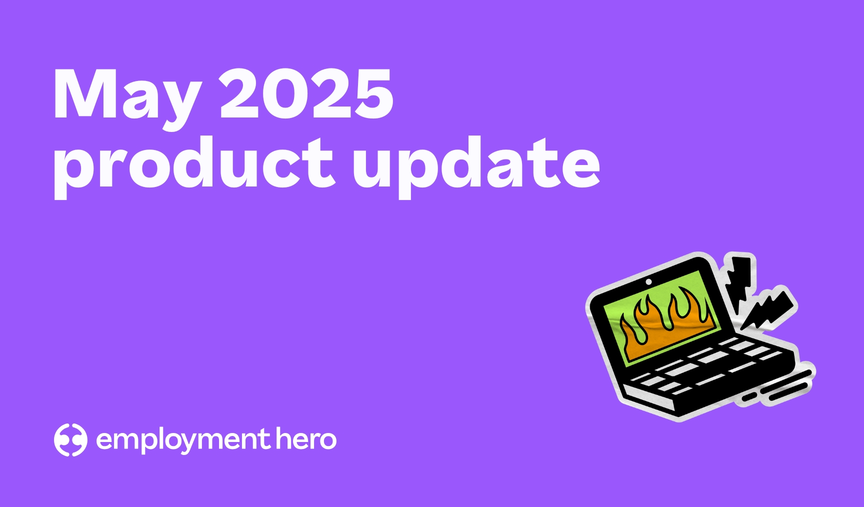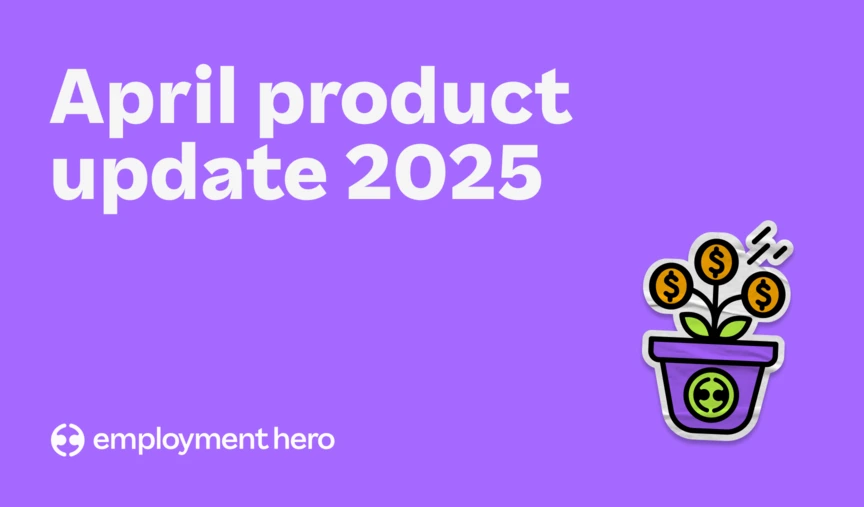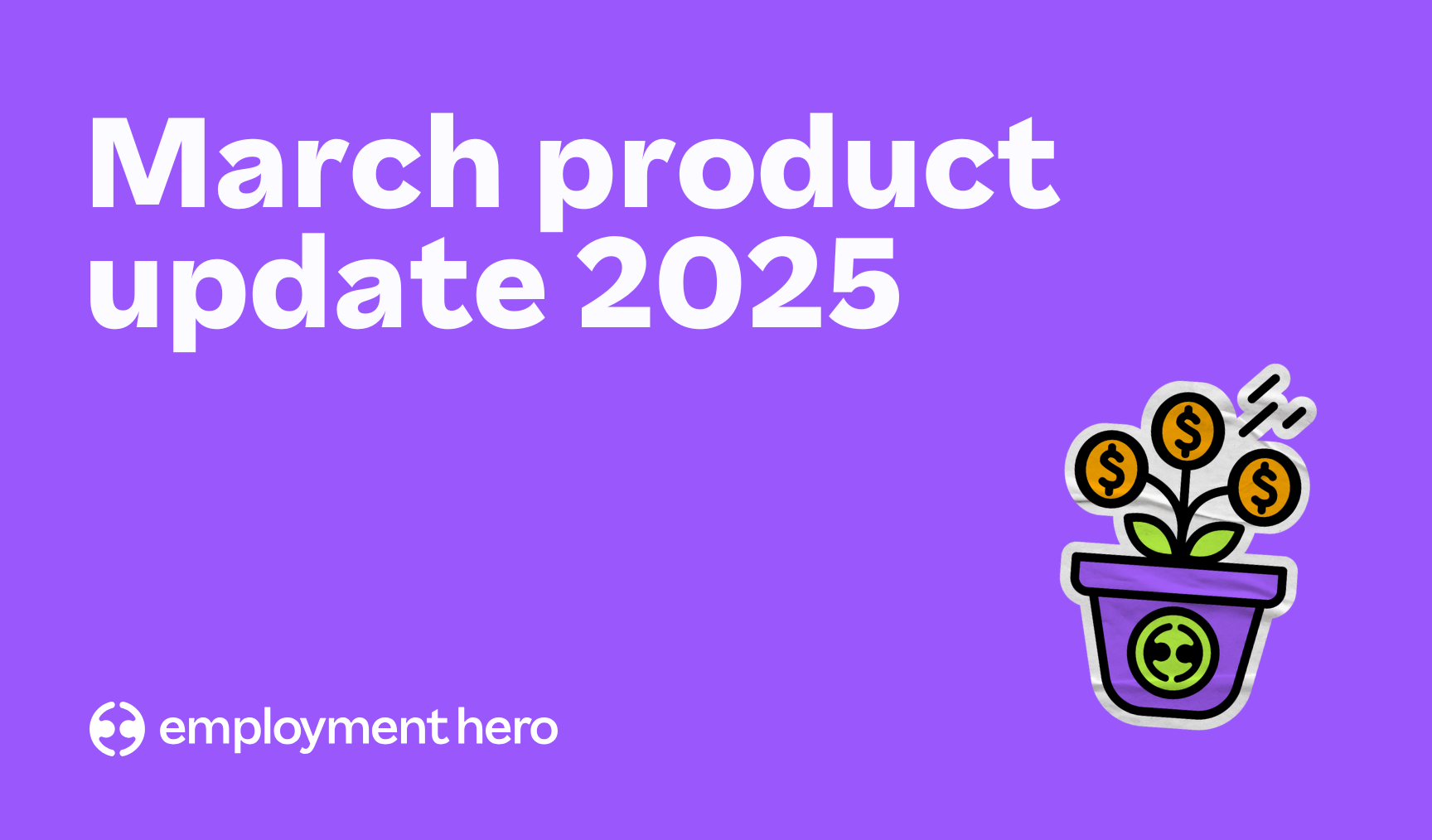SEO for payroll services: Blog writing tips to boost organic traffic

Contents
So you’ve decided to either offer outsourced payroll services, help clients to run their own payroll using a whitelabel solution, or offer another niche service to clients – and now you’re learning how to market your offering effectively.
You’re likely in the process of building out a marketing strategy, and you may be realising that it can be difficult to build credibility over a new offering in the market, especially when there’s so many businesses and services out there. The internet has provided consumers with more choice than ever before. In order to reach your desired target audience, you need to stand out from the crowd and be seen.
So, how can you increase your visibility in search engine rankings and increase your organic traffic?
Content is king – we all know this. From creative blogs on top tips, to informational content, to thought leadership pieces – you probably have a bunch of topics and ideas in your head. But Google processes over 8.5 billion searches per day; how can you make your content stand out from the rest? If you’re looking for a cost-effective, easy way to build up awareness over your new payroll offering, blog posts are the best way to go.
But how do you create highly engaging and visible blog posts for your website that will reach your target audience effectively?
Enter: SEO.
What is SEO?
SEO stands for search engine optimisation. This refers to the process of optimising your online content’s visibility and discoverability in search engines like Google, Bing, Yahoo and more.
The higher your SEO rank, the easier it is for prospective customers to come across your content and visit your website. The more prospects that you have visiting your website, the more opportunities you have for converting them into paying customers.
SEO is an effective digital marketing tool that allows you to drive more traffic to your website – and drive new client growth as a result.
How can SEO benefit your outsourced payroll business?
Now that you know what SEO is, what are some of the benefits that you could experience from adopting a strong content optimisation strategy?
Higher visibility
The primary aim of SEO is to optimise a website’s content in order to improve search engine rankings. This refers to the rank that your website has on Search Engine Results Pages (SERPs). The higher your website’s ranking, the more visibility your website has – thus increasing the likelihood of your target audience coming across your content when searching for relevant information.
In an increasingly competitive payroll services market, mastering SEO is crucial to ensuring that your business stands out. Discover key strategies and actionable tips to stay ahead of the game in the growing payroll services market and maximise your online presence.
More credibility
The higher a website’s ranking on search engine pages, the more credible and trustworthy they are perceived to be. Think about when you’re searching for information online; do you trawl through to page 10, 20 or 30 to find what you’re looking for? The chances are low – you likely only look through the first few pages and ignore the rest. By improving your website’s ranking, you’re also building up your brand as a trusted thought leader which will lead to more traffic to your site (and more prospective customers heading your way!).
Increase competitive edge
You may have come up with a unique business proposition or value-adding service for your payroll solution, but you likely still have competitors in the market. By curating SEO-driven content that goes above and beyond the content from your competitors, you’ll be able to outrank them on search engines and position yourself as a leader in the industry, compelling prospective customers to choose your service in comparison to others who they may not have come across when researching a solution.
Creating valuable and engaging content is key to attracting and retaining clients in the payroll industry. Learn the top 6 tips for creating content that resonates with payroll clients and drives growth for your business. Effective content not only boosts SEO but also establishes your authority in the market.
Boost organic traffic
SEO is a powerful tool for small and growing businesses because it often involves non-paid methods of increasing traffic. By building up content that is SEO-driven, you’ll be able to direct prospective new customers to your website at no extra cost. Leveraging a strong SEO strategy can end up being your most cost-effective acquisition tool!
In addition to SEO, email marketing is another powerful tool to increase engagement and attract new clients. Explore 8 tips to improve email marketing for accounting and outsourced payroll firms and enhance client engagement. Combining SEO with targeted email campaigns can significantly boost your outreach efforts.
Top tips for writing SEO-driven blogs
As we mentioned earlier, content is king. The most effective way to get your brand name out there is to create compelling blog posts around the industry, your product offering, the market, and relevant pain points that only your solution can solve.
Creating a dedicated blog section on your website is a great way to engage your audience with useful content; but it’s not enough to simply write what you feel will work and publish it. You need to think strategically and leverage tools like SEO – to ensure that your content is optimised and visible in all the right places and to all the right people.
We asked Employment Hero’s SEO Manager, Antonio Diaz, for his top tips on creating SEO-winning blog posts.
1. Choose the right keyword topics
Antonio recommends thinking about the content that you’re wanting to write about, and doing some research to find relevant keywords. For example, if you’re writing a blog post about the basics of payroll in the country that your business operates in, consider ‘long-tail’ keywords around the main “payroll” keyword, such as “small business payroll basics”.
2. Create a compelling title that uses keywords and variations
Once you’ve chosen your keywords and you know what your blog post will be about, brainstorm a few attention-grabbing titles that also use your primary keywords. Using our previous example, this could be something like “Learn the basics of payroll in Australia for small businesses”.
3. Write an optimised meta description
A meta description is a short snippet that summarises a blog post’s content. This is what’s displayed on search engine results pages, after the page title and URL. It provides a snapshot of what the content is about, and helps to optimise SEO – so make sure this is relevant and contextual for prospective readers.
4. Create high quality content
Antonio recommends conducting research before you start writing your blog post. Think about content that will address the reader’s needs – and identify who your reader is. Make sure the information is useful, succinct and relevant to both your reader and your business.
5. Break up content into subheadings
No one wants to read a massive wall of text. Segment your blog post into sub-headings, and optimise this for SEO by using keyword variations that are relevant to your main keyword. Antonio recommends using Google’s auto-suggest when typing a term into the search bar. Make sure you also consider a clear call-to-action in your blog post’s final subheading; what do you want the reader to do after they finish reading the blog?
6. Add in visual content
Make sure you include images, diagrams, infographics or other visual elements to break up your blog post. Avoid using stock imagery if you can, and remember to add ‘alt text’ (alternative text) to the image, using keywords from your blog post’s topic. This improves SEO as search engines can rank images based on the alt text provided, and is also beneficial for accessibility purposes.
7. Use internal links as much as possible
Boost your blog post’s SEO by finding other blogs or pages on your own website, and link back to them within the blog. Make sure you’re linking to pages that are relevant to the blog post’s keywords as this will also help with search engine ranking.
8. Link to external sources
Feel free to link to reputable, external sources to improve credibility of your blog post as well as increase SEO. Antonio suggests only linking to .gov or .edu websites, and avoiding any blog posts that may belong to a competitor of yours. It’s better to have more internal links than external links, so don’t overdo it – 2 or 3 external links will suffice.
9. Create a user-friendly, short and simple URL
Avoid long URLs where possible; keep this short and to the point, focusing primarily on your keywords. If we use the above example again, consider a URL such as “/payroll-basics/”, rather than using the entire title.
10. Refine the length of your content
Antonio suggests reviewing similar competitor blogs that you find on the first page of search engine results to find out what length of content ranks well. Aim to follow a similar format to improve your SEO results.
11. Optimise page load speed
No one will read a blog on a website or page that takes forever to load. Make sure you compress all images before uploading, to speed up loading times and reduce barriers to entry for your readers.
12. Refresh content on a regular basis
Make sure you update your content regularly, whenever new information comes to light or if you haven’t updated in a while. This is because search engines often rank content higher, based on recency or ‘freshness’ of content.
In addition to refreshing content, social media can play a key role in driving organic traffic to your site. Discover tips on getting more social media traffic without paying for ads and complement your SEO efforts with a strong social media strategy.
Measuring the success of your SEO strategy
Once you’ve created and published your SEO-driven blog post, it’s a good idea to keep an eye on its performance. Some ways to measure how successful your blog post’s SEO is include:
- Keyword rankings: Analyse the blog’s ranking on search engine results pages against your identified keywords.
- Organic traffic: Keep an eye on the organic traffic from the blog post, and whether it’s increased immediately after publishing or refreshing the content.
- Click-through rate (CTR): If you’re seeing high click rates, this suggests that your content is engaging and enticing for readers.
- Bounce rate: If you’re seeing high bounce rates (ie. people leaving the page), this may suggest that your content isn’t very relevant to your readers and that you may need to update accordingly.
If you haven’t already, Antonio recommends implementing Google Analytics on your business’s website, to help with monitoring your traffic and successes.
SEO tools and resources to use
There are a number of tools that you can use to help optimise your SEO when it comes to writing blog posts and building your website’s online presence, such as:
- SEMrush: This tool offers internal and external linking advice, keyword research and helps you to monitor blog post performance.
- SmallSEOTools: This platform provides an advanced plagiarism detector that can help you ensure originality and protect your content’s credibility.
- Yoast SEO: This is a WordPress plugin that provides suggestions to enhance readability, grammar, and general SEO optimisation for blog posts.
- SurferSEO: This tool helps with content length guidance, keyword suggestions, and other SEO optimisation.
- Google Keyword Planner: This tool allows you to identify keywords based on search volume and interest online, providing guidance on competitor search results and top performing keywords.
Partner with Employment Hero for more SEO advice
If you have been looking for trustworthy payroll and workforce management software that improves your payroll processes for your clients and also helps you to grow your business, learn more about Employment Hero Payroll and what we can offer your clients worldwide from Australia, New Zealand, the United Kingdom, Singapore, and Malaysia.
Are you interested in more blogs like these? Check out our blog on Top tips to showcasing your outsourced payroll service offering.
Related Resources
-
 Read more: Product Update: May 2025
Read more: Product Update: May 2025Product Update: May 2025
Follow our May 2025 product update as we share all of the latest and greatest features we’ve released over the…
-
 Read more: Product Update: April 2025
Read more: Product Update: April 2025Product Update: April 2025
Follow our April 2025 product update as we share all of the latest and greatest features we’ve released over the…
-
 Read more: Product Update: March 2025
Read more: Product Update: March 2025Product Update: March 2025
Follow our March 2025 product update as we share all of the latest and greatest features we’ve released over the…








